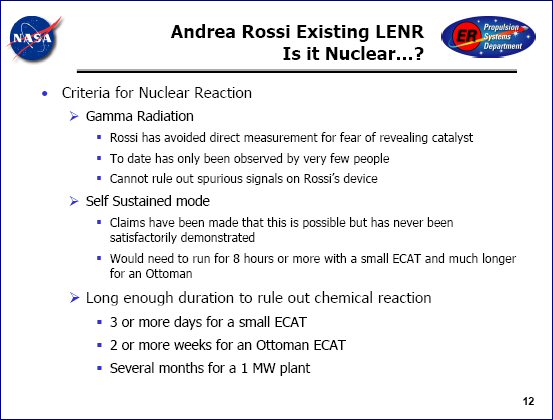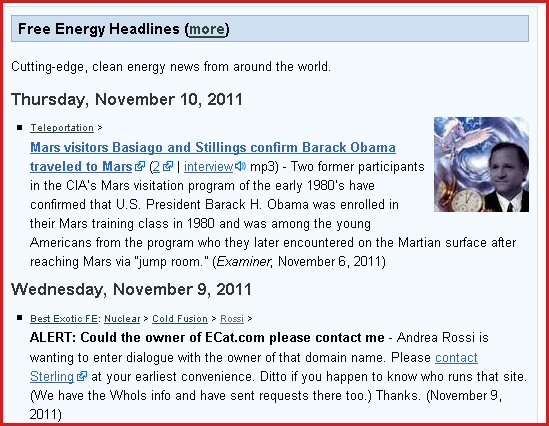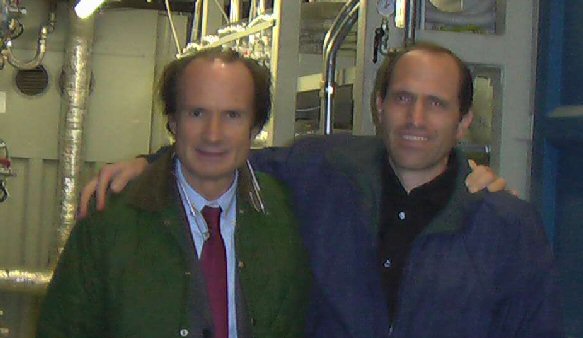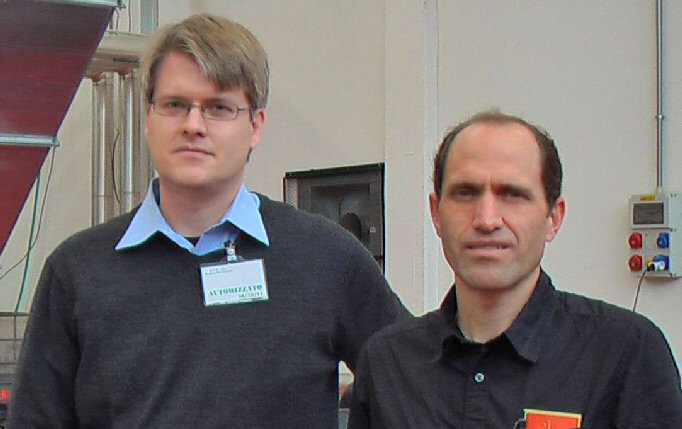Good dialogue with New Energy Times reader Bruce Burman today:
Burman: Great blog these days with the E-Cat stuff. You know, if you were not pointing out this reality, the entire LENR field would look like kooky fringe pseudoscience when this is done playing out.
Krivit: Thank you Bruce.
Burman: Because you are closer to the ground floor on this stuff, what is your opinion as to the likelihood of a true LENR power device coming online over the next 15 years?
SK: That is the most common question I get and the hardest to answer. I can only guess: A small low-power device: High likelihood.
BB: Is there enough real research being done to get us there?
SK: As far as I know, and at the moment, the field does not have the forward motion it needs. So right now, no.
BB: Do the brightest minds believe it to be possible?
SK: This is the very good news. Yes, without a doubt. Strong support exists both experimentally and theoretically. Particularly with people outside the field who are not cold fusion believers, they see the possibility of weak interactions/neutron-capture LENR processes. I’m not a [paid promoter] for WLT, but I think they are light years ahead of anybody else. I have spoken with people who have taken the time and who have the capacity to understand it, and WLT seems to be a game changer.
Either Larsen needs to get going and make it happen, or somebody else has to figure out what Larsen has figured out, or improve on Larsen’s understanding, and then make it happen.
[Added, 18:00h]
BB: My big concern is we’re going to turn our planet into an other Venus with the trajectory we are on, everyone wants the perfect energy source (cheap, clean, plentiful) or nothing is going to change.
I guess I am trying to figure the odds of a game changer. Thanks for the info on Larsen I will brush up on it this weekend.
SK:
– Modern civilization is built on the assumption and expectation of a perpetual supply of cheap fossil fuel energy.
-Availability of cheap fossil fuel energy is on a gradual downward trajectory.
– Modern civilization’s consumption of energy is on a gradual upward trajectory.
– Solar doesn’t work at night and windmills doesn’t work when there is no wind.
– The idea that any large society will voluntarily and significantly reduce its energy consumption is a fantasy.
– Uranium-thorium breeder reactors can provide hundreds of years of low-waste power but we would have to build hundreds of them.
– We need no asteroid to hit the Earth to cause widespread devastation.
– Without a game-changer, we are on track for a disaster.
– There is no time for fantasies or fraud.
[Added, 20:36h]
SK: Larsen wrote one of the best overviews of LENR on Doug Natelson’s blog. Here is an excerpt:
“LENR-related phenomena have been episodically reported in mainstream scientific literature for over 100 years. In the past, most such discoveries were either written-off as experimental error or simply inexplicable anomalous phenomena — scientific curiosities with no sensible theoretical explanation. Unlike strong interaction fission and fusion, even substantial fluxes of LENRs in condensed matter do not typically produce large amounts of dangerous ‘hard’ photon or neutron radiation, or long-lived radioactive isotopes, so they could easily go unnoticed or sometimes even mimic prosaic chemical isotopic ‘fractionation’ processes — hidden in plain sight, as they say.
“All of this prior 100-year history is understandable because LENR triggering mechanisms in condensed matter systems are very subtle, depending on multistep, nanoscale, many-body, collective quantum phenomena that are very difficult to reliably replicate unless one has mastery of certain key elements of nanotechnology and plasmonics that are required to do so. Indeed, the requisite technical knowledge and related fabrication techniques in nanotech that are crucial to conducting truly productive interdisciplinary R&D programs in LENRs have only become available within the past several years — they simply didn’t exist 20 or even 10 years ago. Today, they finally do.”






